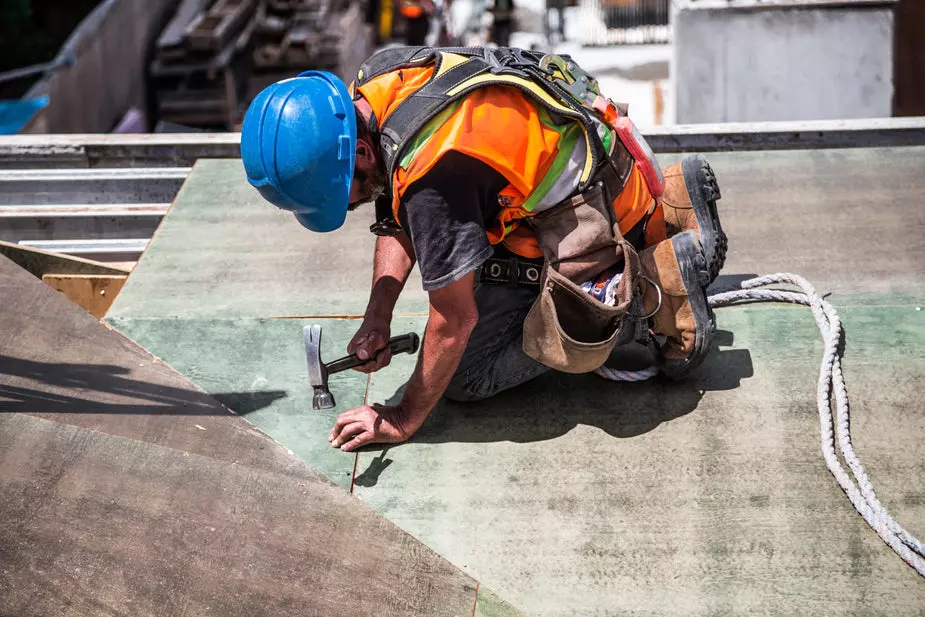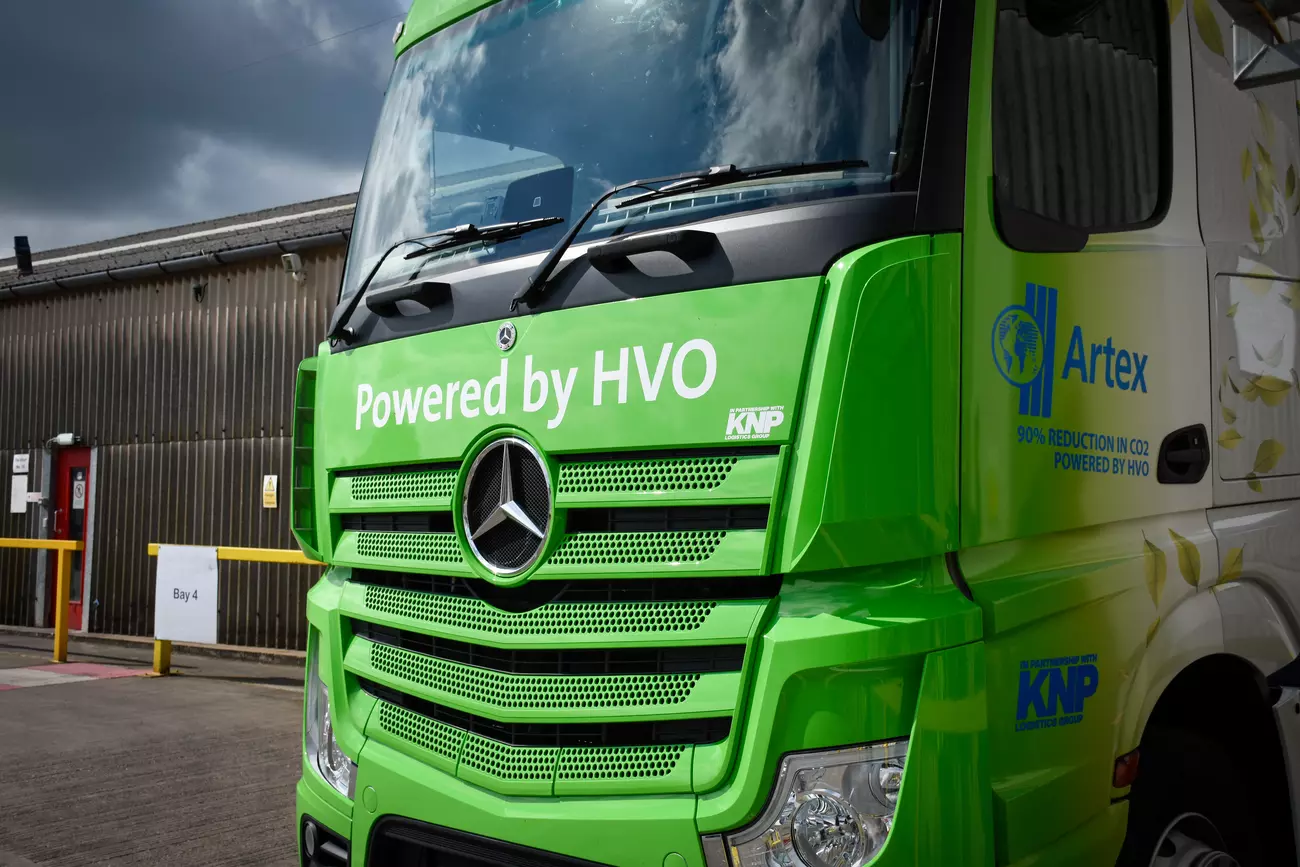The world is changing, but there are opportunities for construction
Construction Industry Journey
The world is changing, but there are opportunities for construction
Whether health, technology, the environment, politics or the economy, many parts of life and business are changing at a quick pace. As a key industry, construction has an essential role to play in the world around us, so it’s important to keep up with the ever-evolving nature of living and working. Although the last couple of years have brought several challenges, there are new opportunities as we move forward. Here, we reflect on some of the key events and trends that have impacted the industry, as well as the reasons to be optimistic.
Construction and the Covid-19 catalyst
The Covid-19 pandemic affected most sectors. In construction, many businesses were forced to shut for a period and then change the way they operated to accommodate social distancing and other safety concerns. According to a report from September 2020, the biggest factors that impacted construction businesses during this time included travel and transport restrictions (42.2%), general demand for services (41.54%) and increases in operating costs (40.26%).
Although the first few months of the pandemic were very uncertain, the industry did benefit from a home improvement boom, with demand increasing in the home improvements sector by 50% as people looked to modify and improve their properties for a new way of living and working.
Yet despite demand in some cases being high, rising material costs, material shortages, supply chain issues and skills shortages have continued to cause issues and delays. The pandemic teamed with Brexit and followed by the war in Ukraine have been the perfect formula for a concoction of challenges that are still taking their toll.
With rising prices, interest rates, and inflation, there may still be difficulties and uncertainties for the remainder of 2022 and into 2023. The recent S&P Global/CIPS construction purchasing managers' index (PMI) [August 2022] showed the UK construction industry contracted for the first time in 18 months, with July’s score down to 48.9 compared to June’s 52.6. Anything above 50 marks a growth. The drop in housing and civil engineering activity was put down to rising inflation, lower consumer confidence, and higher interest rates. However, the report also noted that commodity prices, particularly for metals and timber, have eased.

Opportunities and optimism in the construction sector
For those of us who have been in business for a number of years, we’ll know all too well the highs and lows of the economic cycle. As an industry, it’s important that we continue to learn, adapt and innovate to remain agile and open to new and changing opportunities as they arise.
In the UK, at the time of writing we’re waiting to see who will replace Boris Johnson as the new Conservative leader and prime minister. Whether Liz Truss or Rishi Sunak, we can expect to see changes in everything from taxes and public spending to initiatives and incentives to support different industries and careers.
As well as keeping an eye on the financial implications of any future changes, the construction industry is likely to be watching out for opportunities around housebuilding and construction projects, more progress made towards net-zero and sustainability initiatives, support around job creation and training, and also technology and innovation as we further move towards the digitisation of the industry and embrace more modern methods of construction.
And in general there are opportunities and exciting developments in the industry both in the UK and across Europe. For example, the European Commission is progressing plans as part of its Renovation Wave Strategy, which aims to double renovation rates in the next 10 years and could lead to 35 million buildings being renovated and 160,000 additional green jobs created.
Closer to home, the latest Glenigan UK Construction Industry Forecast 2022-24 acknowledges that although the coming months may impact the industry, construction activity across the private housing sector remains resilient with a 14% increase expected in 2023.
When it comes to embracing technology, it’s positive news too. The NBS Digital Construction Report shows that most businesses are on the journey towards digital transformation, with only 8% saying they haven’t started. The majority (69%) said the Covid-19 pandemic had accelerated the industry’s adoption to digital technologies. And the benefits are clear; 80% agreed that digital is helping to create better buildings and places, 75% said it’s having a positive impact on environmental sustainability, and 74% agree it’s helping to create a safer built environment.

How Artex is supporting our customers and the construction industry
As part of the Saint-Gobain group, at Artex we’re committed to ’making the world a better home’. To achieve our purpose of being a sustainable supplier of building materials, we work hard to reduce the environmental impact of the supply chain by lowering our CO2 emissions and supplying products that make buildings better. As well as understanding our role in avoiding climate change and supporting the industry in our shared goal of becoming more sustainable, we’re also committed to supporting and developing our communities and people.
During 2023, our distribution site at Ruddington will be fossil fuel free and we’ve committed to transitioning our site in Nottinghamshire to be net-zero carbon by 2024. Our drive towards being more sustainable includes installing a biomass heating system and transitioning our HGV fleet to run on hydro-treated vegetable oil by the end of 2023, which reduces CO2 by 90% of when compared to diesel and produces much cleaner emissions with fewer nitrous oxides. We’re also transitioning all company cars to be electric or hybrid by the end of 2023. Other on-site initiatives include all electricity sources from wind power, replacing forklift trucks with electric alternatives, switching to LED lighting, and improving insulation and energy efficiency of the buildings. And on top of that, we’re also making our packaging more sustainable by using recycled materials.
Because we’re continuing listening and engaging directly with our customers, we’re able to identify where we offer value and where we can help more. With a large shift towards digital sales platforms post pandemic, we’ve developed our Gyproc Express model, providing our customers with access to our dropship capability, which is just one of the new added value services we offer.
We’re also passionate about developing our people and giving them great opportunities to develop their careers through learning and development. Part of this includes upskilling employees through apprenticeships to retain and nurture talent, which in turn benefits the individual, business and industry as a whole. We further support our people through flexible and agile working and have trained mental health first aiders who support their peers as and when required.
Recently we’ve transformed around a fifth of our site into a thriving biodiversity area that not only supports local wildlife, but benefits colleagues’ wellbeing as they’re able to use the space for walks and rest during the day.

The journey continues
The world remains an uncertain place, but at Artex we know that by working closely with our people, customers, suppliers and other stakeholders we can all continue to improve how we do things.
Rob Stewart, Commercial Director at Artex, said: “We’re focused on our people and have created an environment of trust, empowerment and collaboration. This has been vital in supporting our teams and customers over the last 24 months and will remain important as we navigate any future political and economic challenges. We continue to invest in people through job creation and by developing our existing team with training and development, as well as apprenticeships.
“Our way of working also enables us to remain agile and respond effectively to our customers’ needs. We listen and adapt to the evolving requirements of our customers and the industry at both service and product levels, allowing our customers to access the products they need while managing stock levels, improving cash flow and reducing working capital.
“Putting people first – both our employees and customers – has been an essential part of our journey so far and it will continue to be our number one priority as we continue working hard to improve our operations and offerings.”
